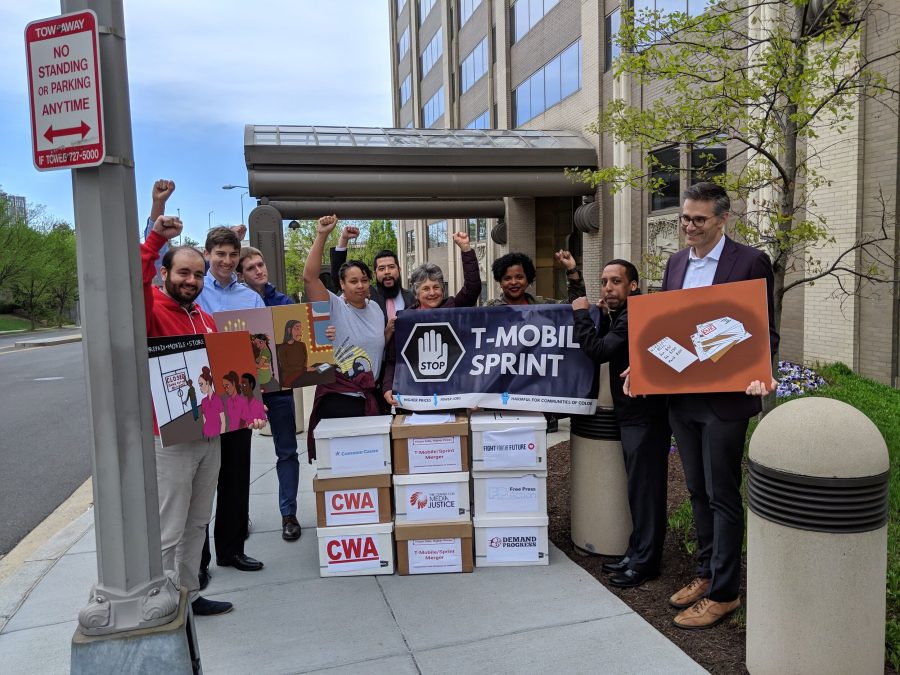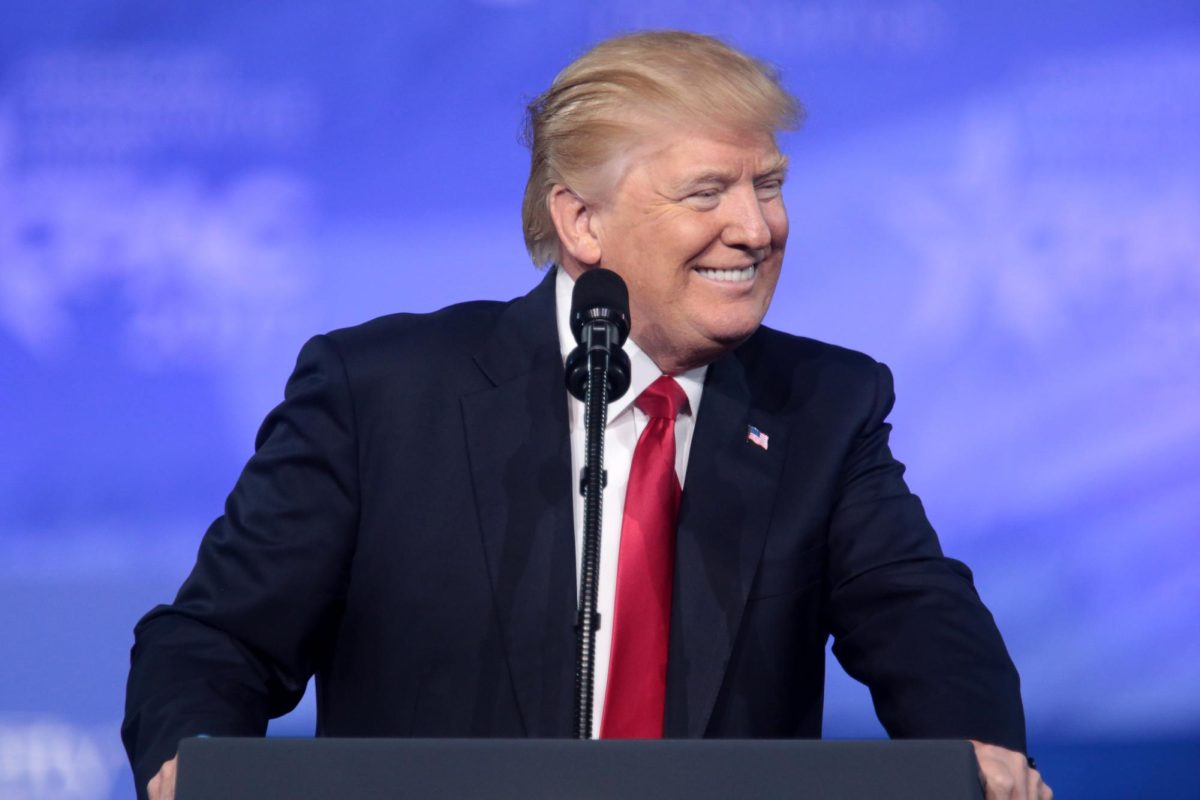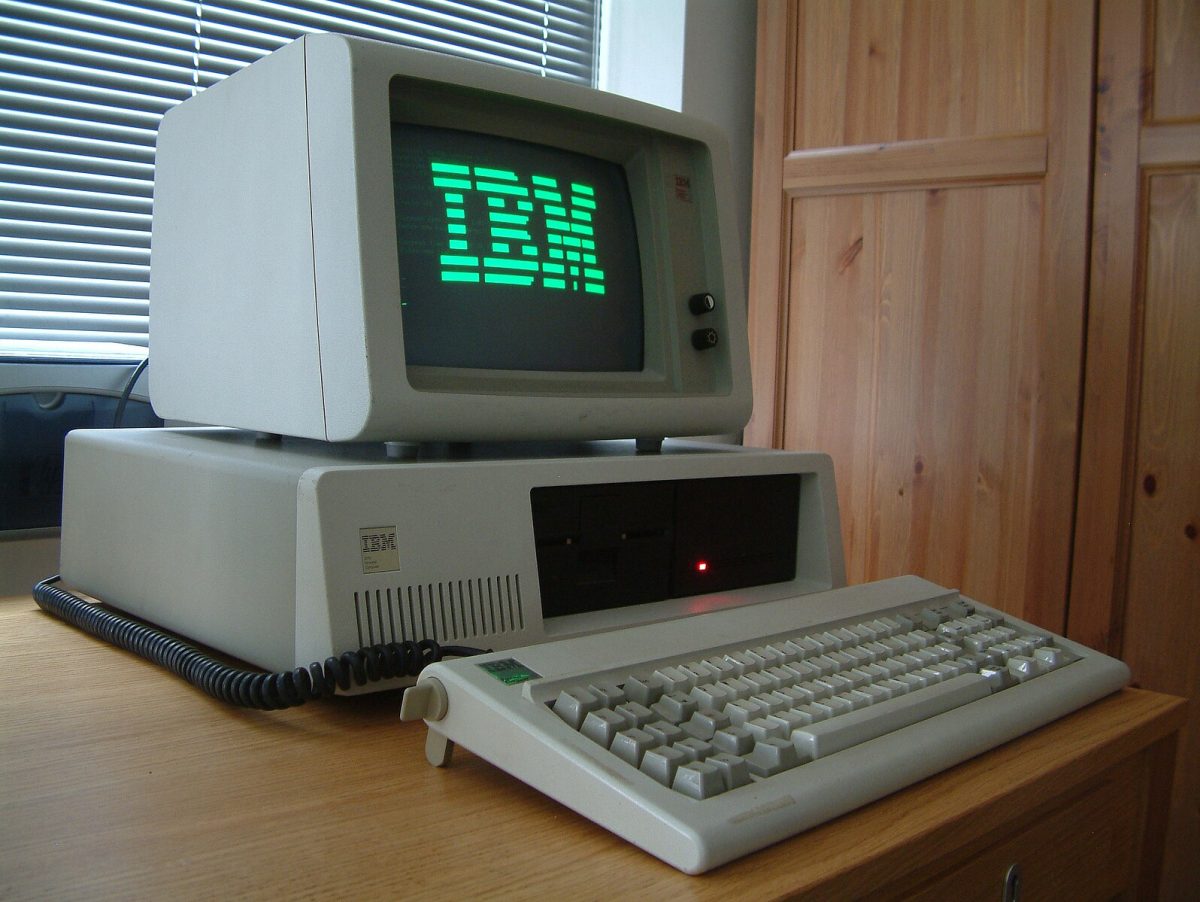U.S. District Judge Victor Marrero rejected arguments of the dissenting group of state attorneys.
The deal was valued at $26 billion when the discussions began in April 2018.
This will have far-reaching effects on millions of Americans and change the landscape for cellphone carriers as well as network providers for years to come.
This news has garnered mixed sentiment among the general public. In the last quarter of 2019, Sprint lost 115,000 customers and this has been a trend for the past 5 years.
Sprint has been losing customers and revenue to its competitors and ended 2019 with a total of 33.8 million subscribers and 8.3 million prepaid customers. It also reported a fourth quarter net loss of $120 million in revenue of $8.1 billion.
T-Mobile has been moving in the opposite direction though, adding 1 million customers in the last quarter of 2019.
On Wall Street, a different scenario played out. When the deal was announced in April 2018, Sprint shares were trading around $6.50.
Before the court ruling on Feb. 11, Sprint’s share price had dropped to $4.80.
It has since jumped above $10 on optimism. Sprint shares closed at $10.05 in the week of Feb. 17.
T-Mobile shares closed down about 1% at $99.50 and it ended the week at $98.57.
The terms of the revised conglomerate deal require that Deutsche Telekom AG, the parent company, will own 43% of the company after the merger, while SoftBank Group Corp. will hold a 24% stake.
The remaining third of the company will be owned by public shareholders.
This trend of acquisition and consolidation has been a growing trend among many firms across various industries.
In finance, Morgan Stanley acquiring E-trade, Charles Schwab Corp. and TD Ameritrade made headlines. In tech, the end of the year highlight was Google acquiring Fitbit.
Over the past 18 months in the United States, companies have spent $200 billion on a series of megamergers that have reshaped the American business landscape.
The Trump administration is a huge advocate for the corporate supersizing, according to The New York Times.
Many have touted this as harmful and unrealistic.
New York Attorney General Letitia James and a key plaintiff in the case warned on Feb. 11 that the deal would harm consumers.
Her argument stated that the merger would cost subscribers at least $4.5 billion annually. She called the ruling “a loss for every American who relies on their cellphone for work, to care for a family member and to communicate with friends.”
She added that the deal was always about “massive corporate profits over all else.”
There is one obstacle that could potentially thwart the closing of this deal.
The California Public Utilities Commission, which governs telecommunications services in the state, is still pending decision whether or not to sign off on the merger plan.
Various consumer groups in California have protested and argued the merger to encourage the CPUC to decline.
If the merger goes through, the majority of Sprint customers would become T-Mobile customers. Customers of Sprint’s subsidiary brands — Boost Mobile, Virgin Mobile and Sprint prepaid — must become customers of Dish Network, which is a required part of the arrangement.
Nine million customers are to be integrated into Dish Network and would have access to T-Mobile’s wireless network for seven years.
The satellite TV company has plans to move into the telecommunications industry to add another firm in Sprint’s place.
The new firm will keep the T-Mobile name, the infrastructure of both prior firms and have an estimated 90 to 100 million customers under one network.
This has the potential to be a rival that AT&T Inc. and Verizon cannot underestimate.







